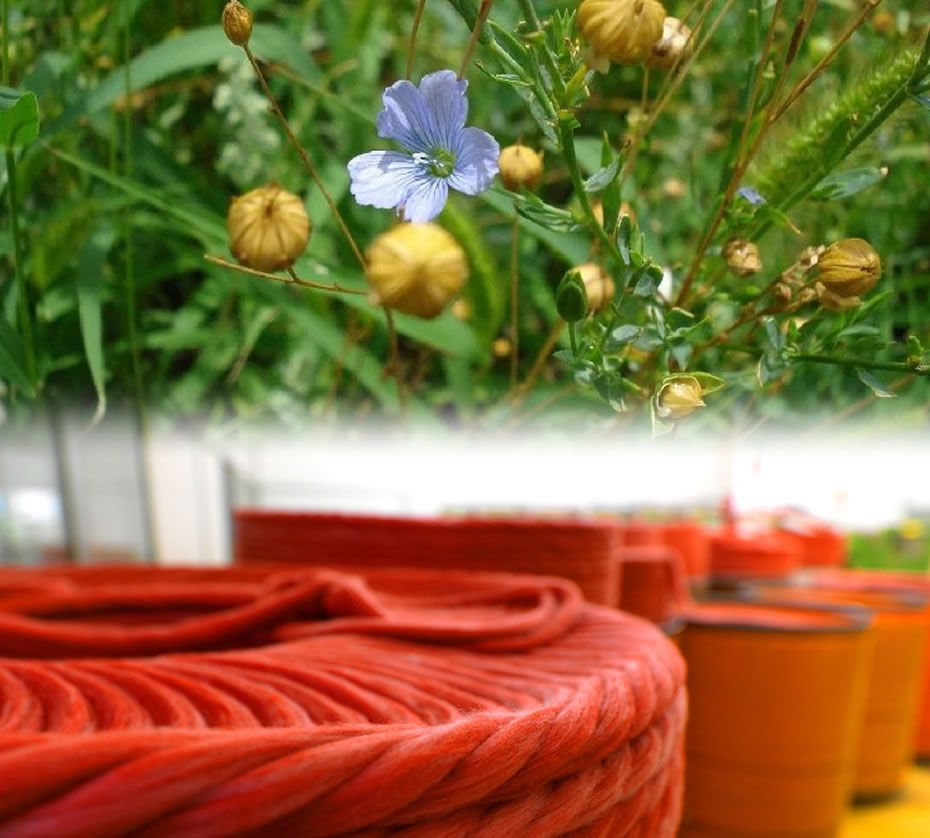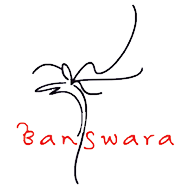WHAT IS LINEN AND LINEN PRODUCTION IN TURKEY

Linen is one of the oldest woven fibers. Linen fiber, (linum usitatissimum), is the most common type of linen from the linen family. Linen fiber is obtained from the stem of the plant, the stem part.
The story of linen fiber, which has been used for weaving since centuries BC, is first encountered in Egypt in the 4th century BC. The Egyptians painted the linen plant in their living spaces and structures such as temples and tombs.
Although linen is grown in almost every geography, it has been grown in the Mediterranean and the Near East for five thousand years.
OTHER ARTICLES
- Advantages and Usage Areas of Culvitation of Hemp
- The Place of Hemp in Yarn and Textile Industry
- The Place of Hemp in Yarn and Textile Industry
- What is Linen and Linen Production in Turkey
- Sustainability in The Textile Industry
- Tthe Global Effect of The Pandemic and Tthe Evaluation of The Textile Sector
- Naturel Fibers and Organic Yarn Production
- Hemp Production in Turkey, A Historical Brief and Global Hemp Market
- European Flax Certificate
- Search for Sustainable Production in Textile Raw Material and the Hemp Yarn
- Linen and Hemp's Simila and Different Aspects
- Hemp Fiber and Fabric Production
- Ecological Hemp Production
- Sustainability Studies in the Textile Industry - 2021
- What is Needed for Sustainability in the Textile Industry ?
- Organic Yarn Demand Increases As Textile Raw Material Crisis Escalates
- 2021 Data and 2022 Expectations for Ready-made Clothing Industry and Textile Raw Materials
- Fiber and Hemp Yarn Production and Yarn Export in the Turkish Textile Industry
Where and How Does Linen Grow?
Linen can be grown in any type of soil. It blooms velvety blue or yellow from June to August. It is an annual plant, it can grow up to 1 meter in height. After the linen is dyed appropriately, it is extracted from the soil. The longer the fiber linen, the higher its quality. It is collected by hand by scanning the leaves, roots and seeds. The roots are left to one side and the stems are left to dry in the field in bunches. After the leaves on it dry and fall, they are tied with their own stems and made into bunches. Obtaining the fiber from the dried plant takes place in three stages: rotting, forging and carding.
The dried linen body contains approximately 25 percent fiber. In the chemical structure of linen; 80 percent cellulose, 3 percent pectin, 10 percent water. Its seeds contain 40-45 percent oil. This oil is rich in omega 3 fatty acids. This oil, known as linseed oil, is used in dyeing. The residues remaining from the seeds from which the oil is taken are used as pulp and animal feed.
Linen is divided into fiber and oil linen. Fiber linen likes moist, oil linen likes dry and hot weather. Sowing and harvesting times are also different.
In Turkey, linen is planted in two different periods, summer and winter. Winter linen is sown in August-September, summer linen is sown in March-April. Linen, which has both natural and cultural forms, grows naturally in Turkey. However, the linen grown in our country is of low quality.
Russia, Poland, Czechia, Romania, Belgium, Ireland and France come first in linen production.
Usage Areas of Linen
The usage area of linen in the textile sector is quite wide.
The productivity of cotton and linen in the industry is similar. Linen fibers show the properties of cotton fiber against chemical reagents.
It is not affected much by boiling water, sun and detergent, its moisture absorbing feature is better than cotton. Even though it carries moisture, it feels dry, deteriorates at temperatures above 120 °C, and its durability decreases when exposed to sunlight for a long time.
When it comes to summer clothes, linen clothes come to mind first. Linen clothes keep you cool in summer, as it has a high moisture absorption feature. Shirts, jackets, trousers etc. Linen is also widely used in home textiles; bedding, tableware, curtain, carpet, etc.
Apart from textile, linen is preferred as fiber in water installations, rope making and quality paper making.
Linen Production in Turkey:
Fabrics made from linen are among the raw materials of the textile industry, as are fabrics made from natural yarns such as cotton, silk, wool. Technologies developed for hemp can be used in linen due to the similarity of linen and hemp. In the Black Sea Fiber Plants Workshop held in Samsun in May 2017, among the targets of the Textile Industry in Turkey, it was stated that the production of linen, hemp and nettle fibers should be increased. It has been said that the production of fibers will increase between 4-6 times. As a matter of fact, the seed of Turkey's first domestic and national fiber linen variety "Yılmaz", developed by the Black Sea Agricultural Research Institute Directorate last year, was brought to the soil in Samsun.
There are facilities for the production of linen in our country, but no serious production is carried out. The imported linen in 2020 is 36 thousand tons. Demand for natural fibers tends to increase in terms of being healthy in the world and in our country, so the produced national seed has been an important step in terms of fiber and oil linen production.








Filofibra Pazarlama A.Ş.
FILOFIBRA Pazarlama A.Ş. has been providing service to Turkish Textile market in the sale of fiber, yarn and fabric in Istanbul since 1986.
Address
-
Filofibra Pazarlama A.Ş
-
Levent Cad. Sülün Sok. No: 34 1. Levent, Istanbul
-
Tel : +90 212 283 3860/ 9 Hat
-
Fax : +90 212 283 3859
-
Email - This email address is being protected from spambots. You need JavaScript enabled to view it.
Address Abroad
-
Filofibra SA
-
Riva Caccia 1 / A Central Park Bldg. 6900 Lugano / Switzerland
-
Tel - +41 91 985 78 11
-
Fax - +41 91 985 78 08 - 09 - 10
-
Email - This email address is being protected from spambots. You need JavaScript enabled to view it.

